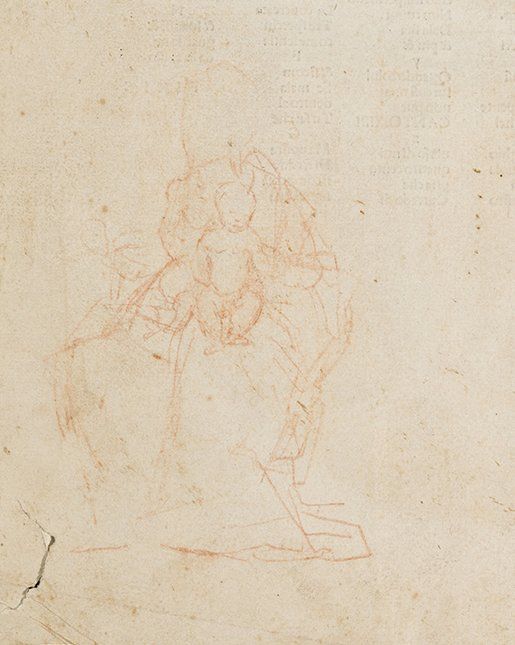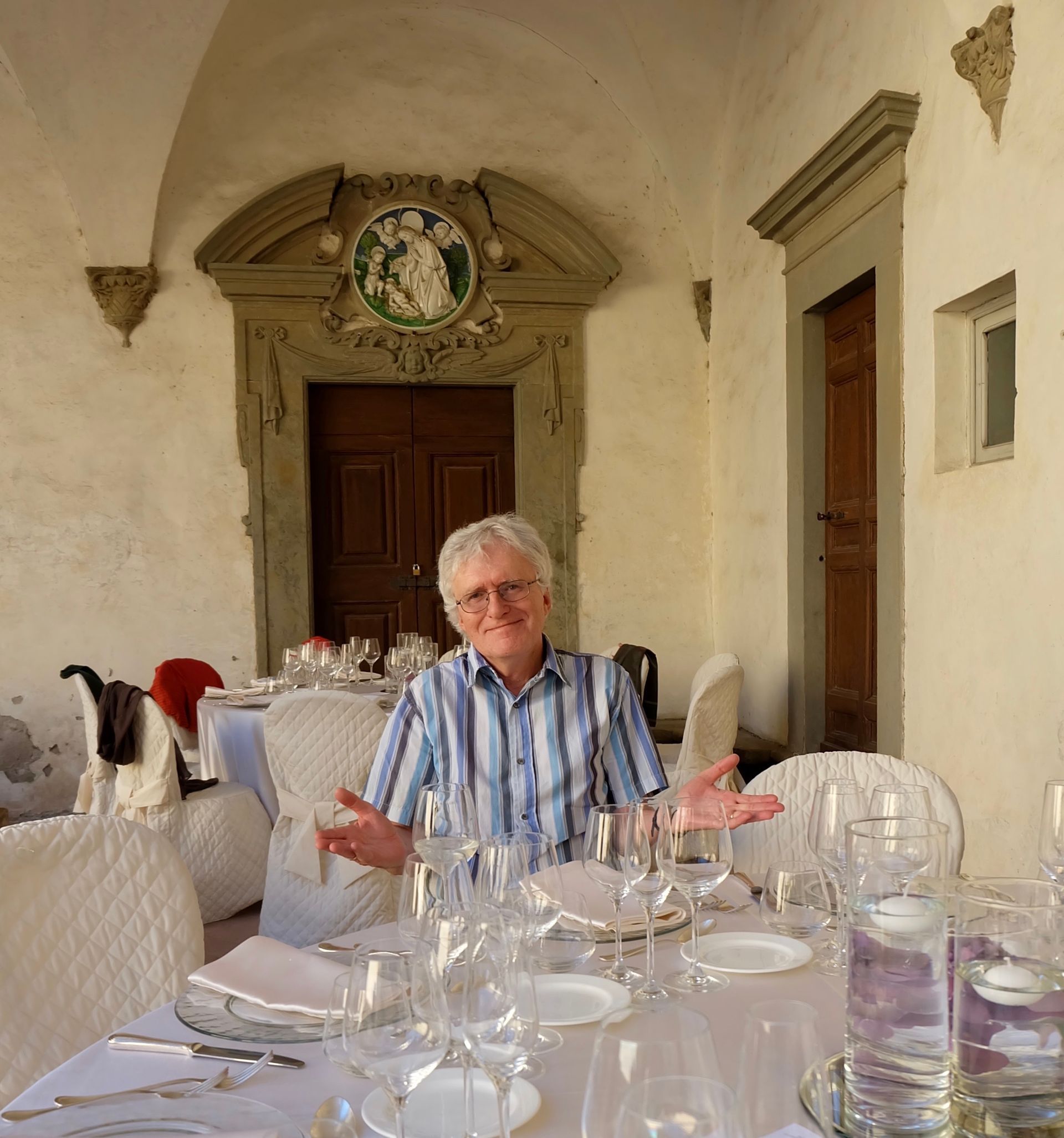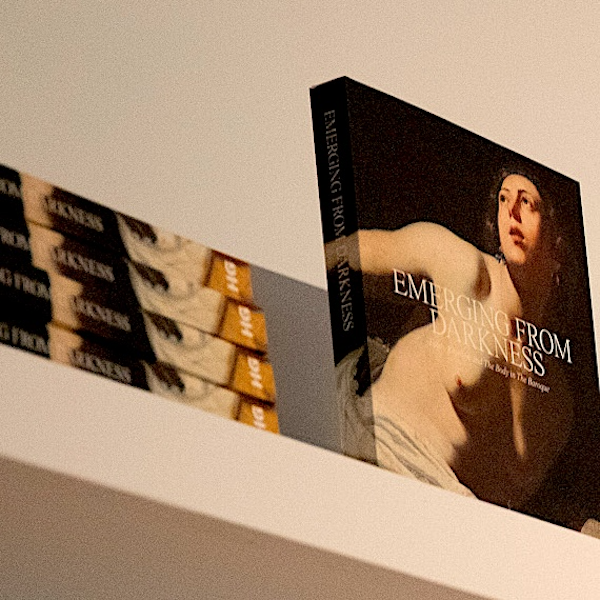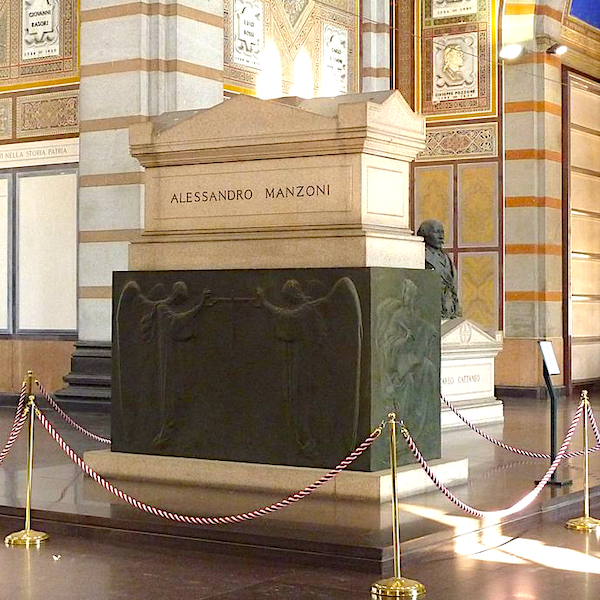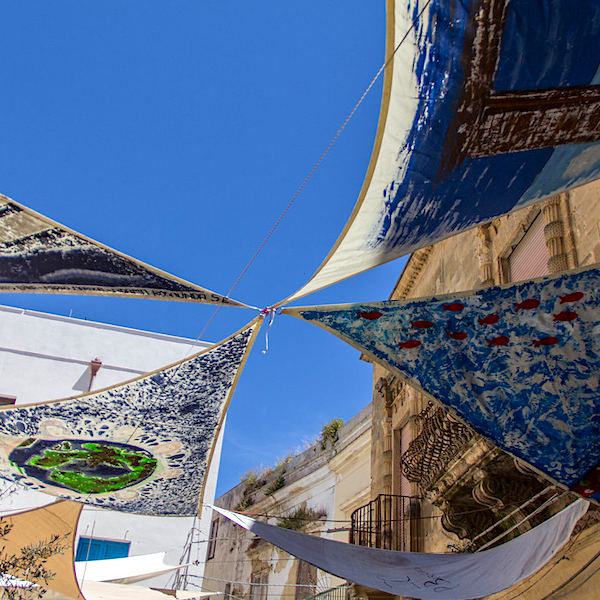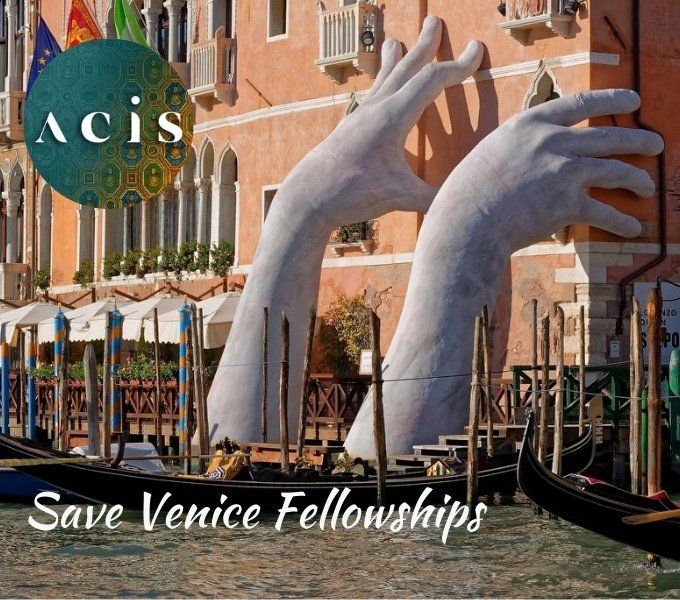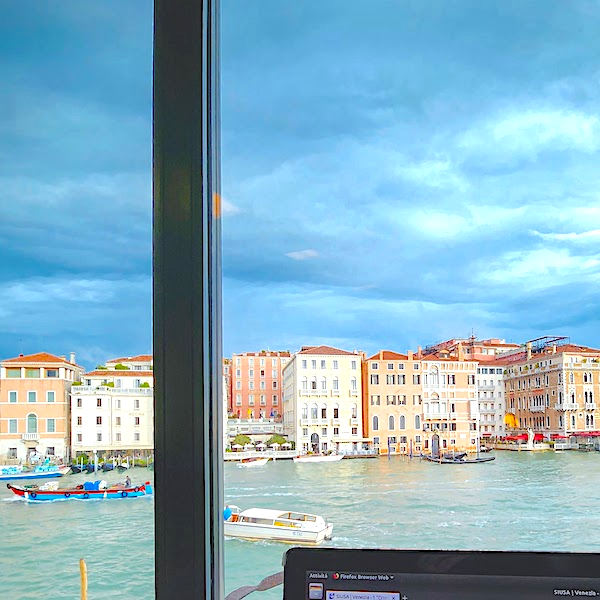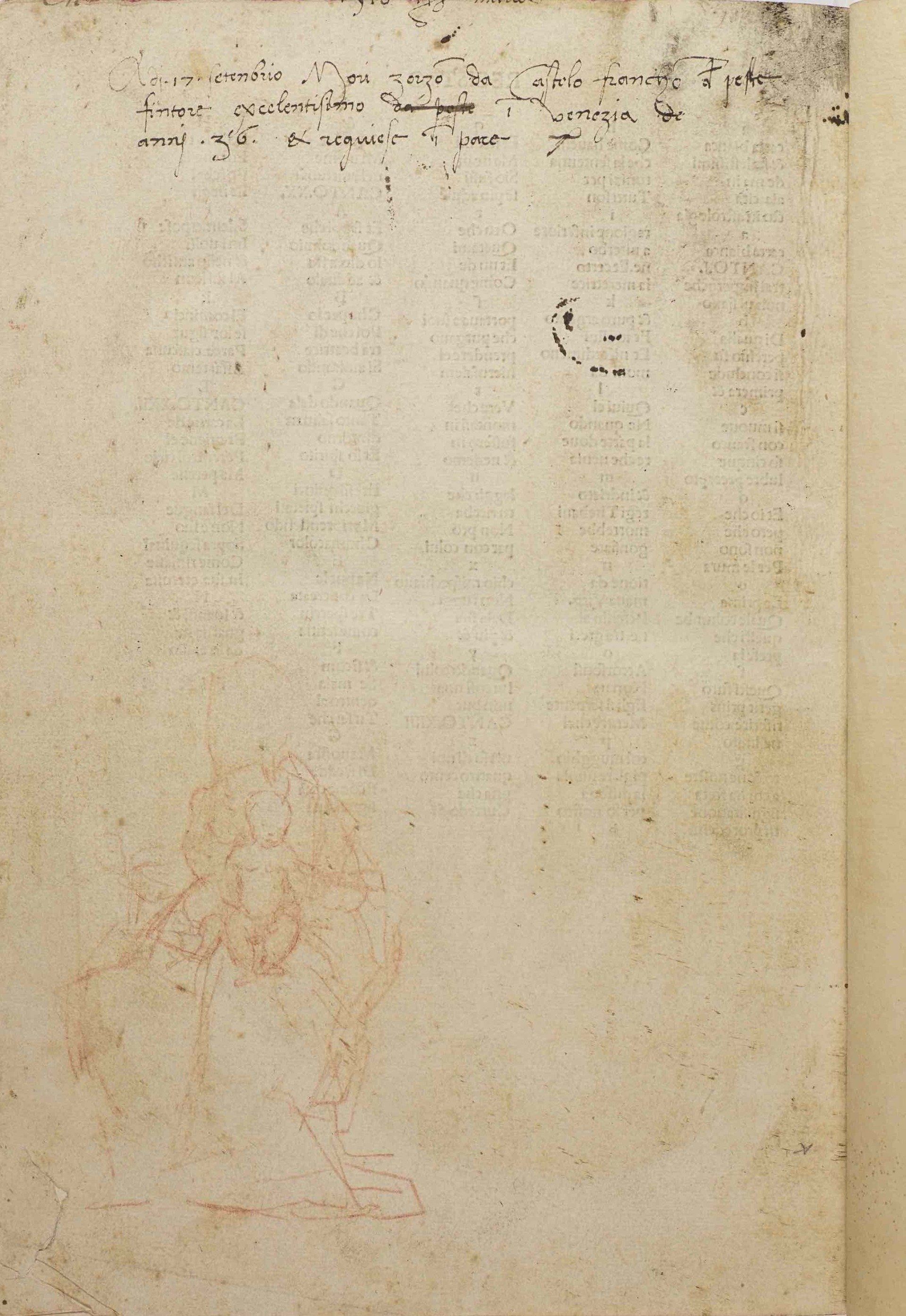'Giorgione dopo Sydney - Ipotesi di ricerca': Webinar and Roundtable
A webinar in Sydney will discuss the extraordinary discovery – in an edition of Dante’s Divine Comedy held at the University of Sydney Library – of a death notice written above a red chalk sketch of a Madonna and child, which could be attributed to Italian Renaissance artist Giorgione.
1510 IHS Maria
A dì 17 setenbrio Morì zorzo[ne] da Castelo francho di peste
fintore excelentisimo da peste in Venezia de
anni 36 & requiese in pace

In September 2017, in a 1497 incunabula of Dante's Divina Commedia held by the University of Sydney library, Kim Wilson, the library's academic liaison, discovered something extraordinary on the back of the final page. On the page was a red chalk sketch of a Madonna and child and, above it, an ink inscription with the death notice of the elusive Renaissance artist, Giorgione. This 1510 inscription not only gave a precise date of, and age at, death of Giorgione, but allowed for a possible attribution of this chalk sketch to the artist himself. This was all the more remarkable given that there are only two other sketches in the world attributed to Giorgione. Further verification work around this sketch and the inscription was undertaken by the Art Gallery of NSW, The National Gallery in London, and Professor Emeritus Jaynie Anderson from the University of Melbourne. The discovery and issues of attribution were detailed in the Burlington Magazine, March 2019, vol. 163, 'Giorgione in Sydney', authored by Kim Wilson, Jaynie Anderson, Professor Emeritus Nerida Newbigin and Julie Sommerfeldt, and were also the focus of an ABC radio interview with Kim Wilson and Jaynie Anderson.
Now the University of Sydney's Department of Italian Studies and the University of Sydney Library in collaboration with the Italian Cultural Institute have drawn together a stellar group of speakers to discuss further aspects of this remarkable find in a free zoom webinar and roundtable presented in Italian:
'Giorgione dopo Sydney - ipotesi di ricerca'
February 22 2022 at 7:00pm AEDT, and at 9:00am CET (Pisa)
Join online via Zoom
Introduced by Francesco Borghesi from the University of Sydney, the speakers will include world-renowned archaeologist and art historian Salvatore Settis and well-known paleographer Giulia Ammannati (both from the Scuola Normale Superiore, Pisa); Jaynie Anderson (University of Melbourne), Nerida Newbigin (University of Sydney), John Gagné (University of Sydney), Lillo Guarneri (Istituto Italiano di Cultura, Sydney) and Philip Kent (University of Sydney Library).
Schedule:
9.00/19.00 Introduzione al seminario: Francesco Borghesi (University of Sydney)
9.05/19.05 Saluti: Lillo Guarneri (Istituto Italiano di Cultura, Sydney)
9.10/19.10 Saluti: Philip Kent (University of Sydney Library)
9.15/19.15 Introduzione allo status quaestionis: Jaynie Anderson (University of Melbourne)
9.30/19.30 Doppie verità? Serie stilistica/documentaria, datazione relativa/assoluta: Salvatore Settis (Scuola Normale Superiore)
La concezione evoluzionistica degli stili artistici conduce a costruire determinate “serie stilistiche”, che talora si scontrano con evidenze documentarie. In una “serie stilistica” le opere di un determinato artista (per esempio, Giorgione) si succedono secondo un ‘prima’ e un ‘poi’, una sequenza di datazioni relative coerenti; ma non si può passare alla cronologia assoluta (calendariale) senza qualche aggancio documentario inconfutabile. Che succede quando un nuovo documento irrompe sulla scena, modifica la cronologia assoluta, scompagina quella relativa?
10.00/20.00 La mano della nota Sydney sulla morte di Giorgione: prime ipotesi: Giulia Ammannati (Scuola Normale Superiore)
L’intervento discuterà le caratteristiche grafiche e testuali della nota e proporrà una prima ipotesi di confronto per la mano, forse identificabile con quella di un pittore attestato nella bottega di Cima da Conegliano fra gli ultimi anni del Quattrocento e i primi del Cinquecento, dove esegue alcuni cartigli in quattro opere del maestro. Autore della nota potrebbe dunque essere un collega di Giorgione, suo amico o conoscente, nonché grande estimatore.
10.30/20.30
Tavola rotonda virtuale
(Giulia Ammannati, Jaynie Anderson, Francesco Borghesi, John Gagné, Lillo Guarneri, Nerida Newbigin, Salvatore Settis).
11.00/21.00 Termine del seminario.
For further information, contact
Francesco Borghesi.
